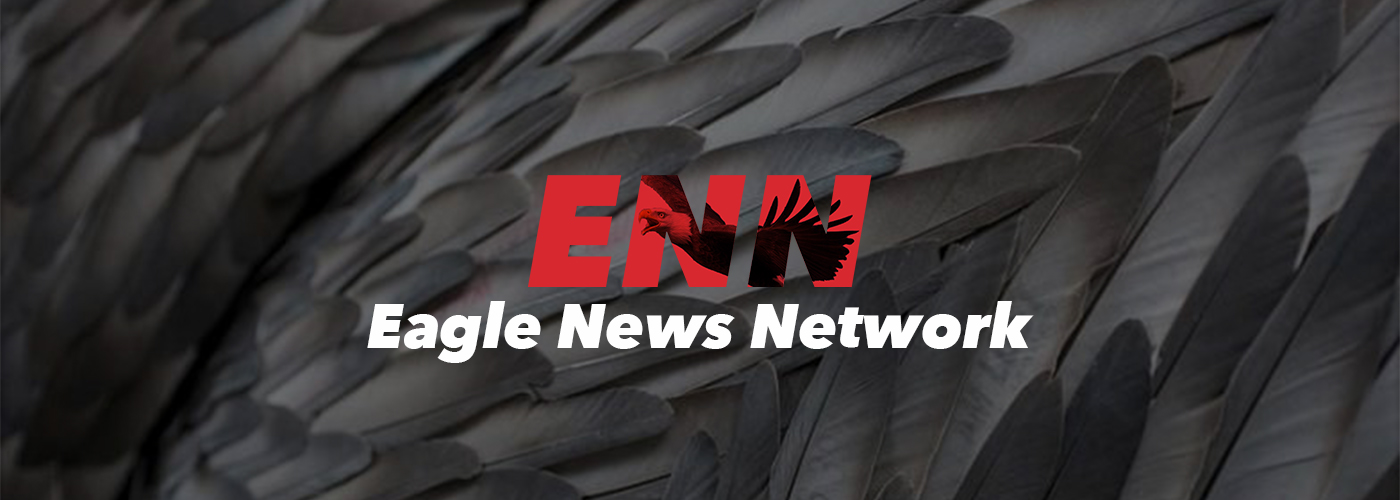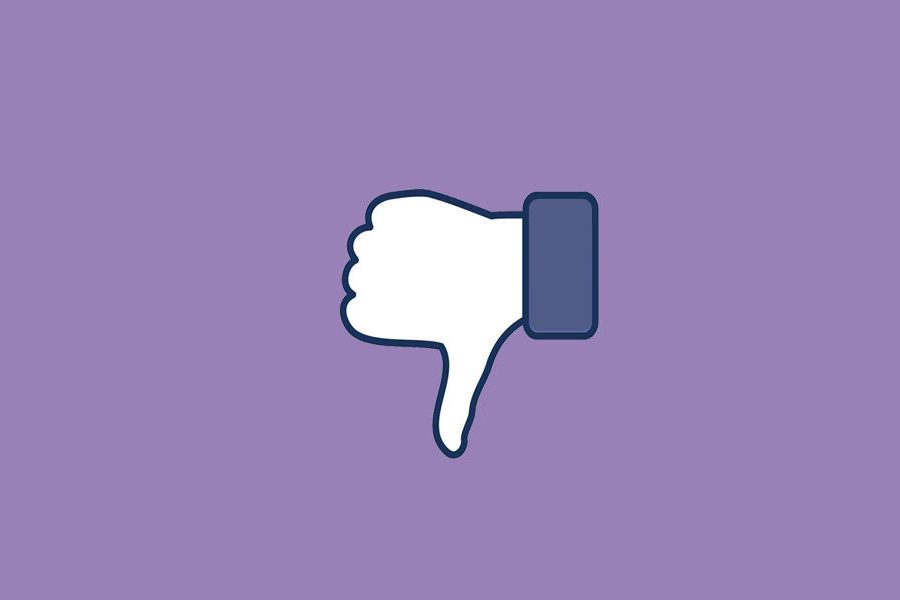Fake “news” isn’t news anymore
Fake news, the increasingly popular phrase used by social media users and the new president alike to describe everything from fake celebrity deaths to demeaning sources with differing viewpoints, is not a joke anymore.
In 2016, Craig Silverman, who works at Buzzfeed, compared the Facebook engagement (clicks, likes shares, and comments) for the top twenty real news and top twenty fake news stories in three-month periods. Up until August, real news stories outperformed fake news stories. But, in the three months leading up to the election, fake news outperformed real news.
The headlines of these fake news stories contained the likes of “Pope Francis shocks world, endorses Donald Trump for president” and “FBI agent suspected in Hillary email leaks found dead in apartment in murder-suicide.” Neither of these stories were remotely true, but they still contributed to more Facebook engagements than actual news stories during that time.
For its part, Facebook has attempted to overcome this problem to make its platform more reliable for its 1.8 billion members. It has recently conducted a series of tests that would make it easier for users to report fake news. Disputed pieces would be lower on users’ feeds and a pop-up would warn people if an article was in question. Facebook also hired NBC News correspondent and CNN host Campbell Brown to lead its news partnership team.
On Campbell’s own Facebook page, she wrote that her goal is to “help news organizations and journalists work more closely and more effectively with Facebook.” But, these efforts have yet to be implemented. It also takes time to make lasting changes.
The word itself, fake news, has been used recently in a different context other than just stories that aren’t true. On January 12, Donald Trump tweeted that CNN is fake news and that their credibility will be gone soon. This kind of blatant rejection of a sourced based on perceived bias can be dangerous if it isn’t recognized. With fake news comprised of celebrity deaths that didn’t happen, the repercussions are small. But, the newly elected president and many others have used it to demean sources with opinions they don’t agree with.
Social Studies teacher Craig Hollenbeck said, “I think the biggest threat to American democracy right now has nothing to do with ISIS. I think it has nothing to do with the global economy and the rise of China and whatever. I think it has to do with civil discourse within this country and the rejection of facts.”
This spreads far beyond individual posts on social media of untrue statements. While social media sites can marginalize some fake news sites and attempt to become more neutral and reliable platforms, there are limits.
“I don’t know ultimately what they can do,” Hollenbeck said of social media platforms.
Senior Clara Bartnik agreed with this.While she said that Facebook’s efforts are a good starts, she recognized that social media sites have limitations.
“I think that’s a good effort for now, but the first problem is realizing on our part,” Bartnik said. “It’s sad to say that there is any kind of news at all that isn’t factual or correct, but there always will be.”
Hollenbeck highlighted that the advent of fake news has been a dramatic transformation during his lifetime. He said that, though it’s cliche, there used to be only three news networks, and they were all reputable. The virulent campaign against Bill Clinton and the advent of Rush Limbaugh and talk radio in the ‘90s was the first big step for the current situation, and, he said, adding in sources like Fox news put the foot in the door for it.
“Add the internet to it and all of this stuff goes off the charts. Over the last twenty years it’s just gotten to be incredibly detrimental to civil discourse in this country.”
Fake news also contributes to a phenomenon known as the echo chamber. This is a situation where someone surrounds themselves with information and ideas that they know they are going to agree with. Sources that agree with that individual often go unquestioned, and different or competing views are often missing.
While senior Elsa Dahlman said that echo chambers scare her because they can make crazy ideas seem fine if everyone else also has them, she also mentioned how she understands how they happen. When she sees something she thinks might not be true, she usually goes to her peers or parents to see it it’s actually true. “That’s an echo chamber in itself. I could see how people can fall into that,” she said.
Bartnik added that the rise of fake news stories and how they spread reminds her of a kind of self-censoring. “I think there’s a difference between choosing articles because you know that’s what you agree with and you know it’s credible,” she said.
There are many professional journalists who devote their careers to pursuing the truth and journalism, and fake news inherently isn’t news. But, its current proliferation in this country and imminent threat to it are hard to ignore.
“My advice is to stop demonizing any story or any legitimate news organization that may conflict with your ideological beliefs.The notion that the Washington Post or the New York Times should be delegitimized because people don’t like what their editorial page says is just really, really detrimental to our democracy,” Hollenbeck said.

Hi! My name is Ally, and I am a senior. I run a lot, though I have no sense of direction and am probably lost right now. Please send help. I also like...









